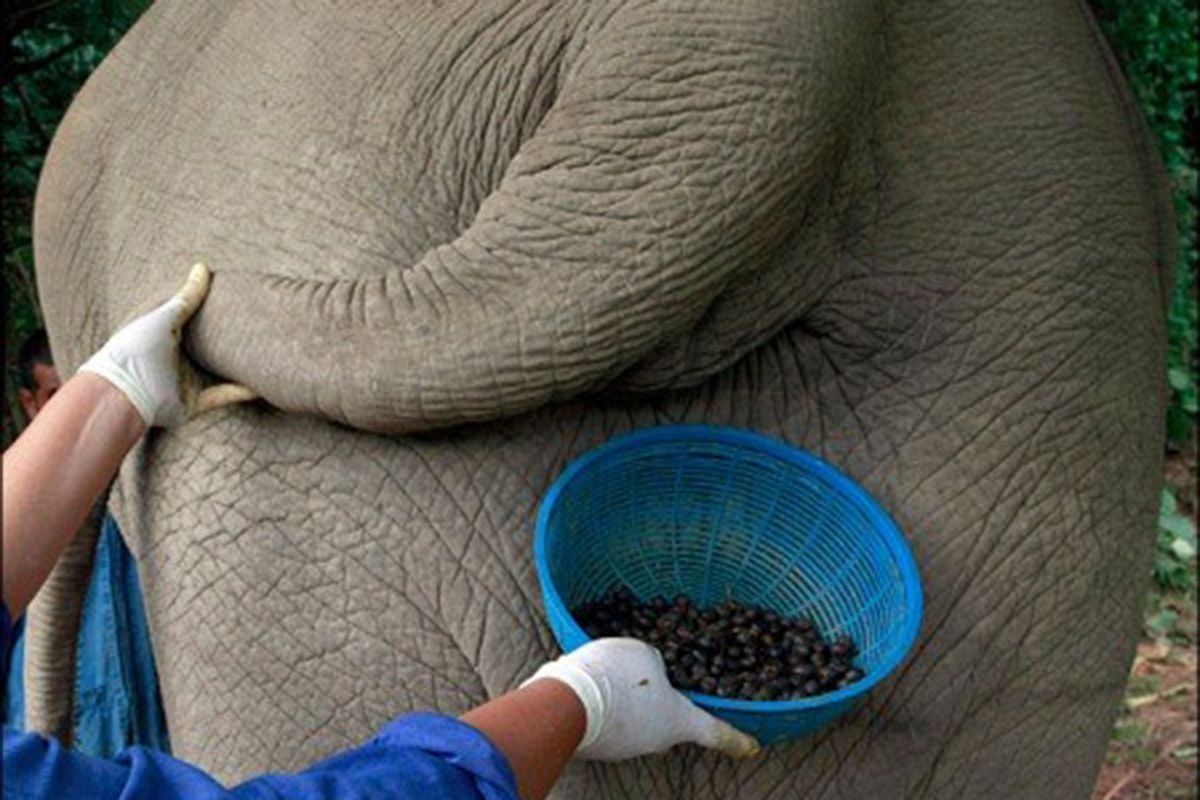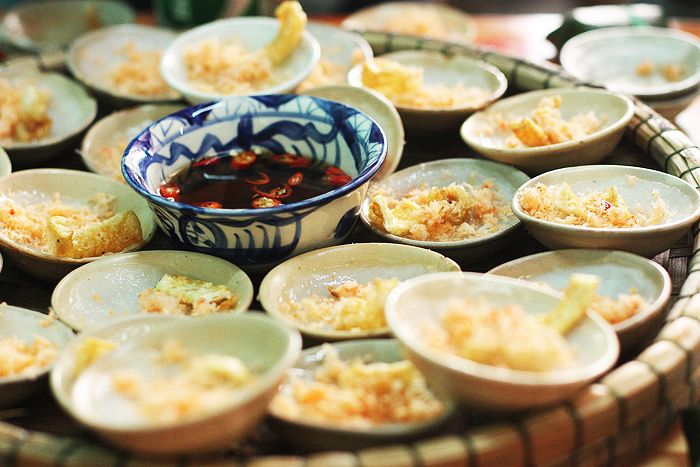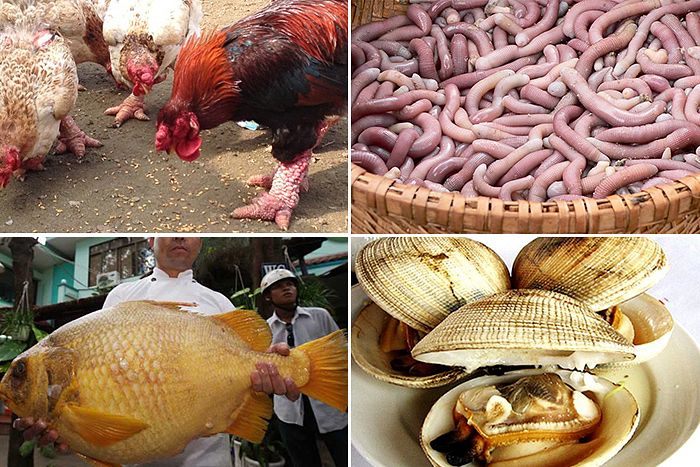As Asian nations become wealthier, more and more people are eating wheat.
According to The Economist, the popularity of rice in Asia remains well above the global average; in fact the continent is responsible for 90% of the world’s rice consumption. Historically, the grain was – and still is – a staple for many, particularly the latter half of the 20th century, when rice consumption in Asian nations reached as high as 103 kilograms per person annually, the news outlet reports.
However in recent years, as incomes have risen and tastes have changed, the grain’s much-coveted position in many Asian societies has weakened a little. Though rice is still ubiquitous across the continent and is not likely to disappear any time soon, its consumption has been on the decline since 2000 in countries like Singapore, China, Indonesia and South Korea.
Instead, some Asian consumers are turning to wheat, reports The Economist. In 2016, for instance, Vietnam consumed 39.9 kilograms of wheat per person, a steady increase compared to the country’s consumption in 2000. Though it’s still a far cry from the global average – 78 kilograms per capita – the figure puts Vietnam above the Southeast Asian average of 26 kilograms per person each year, and consumption is expected to continue growing in the future. In fact, the United States Department of Agriculture (USDA) expects Southeast Asians to consume roughly 23.4 million tons of wheat in 2016-2017.
[Infographic via The Economist]














